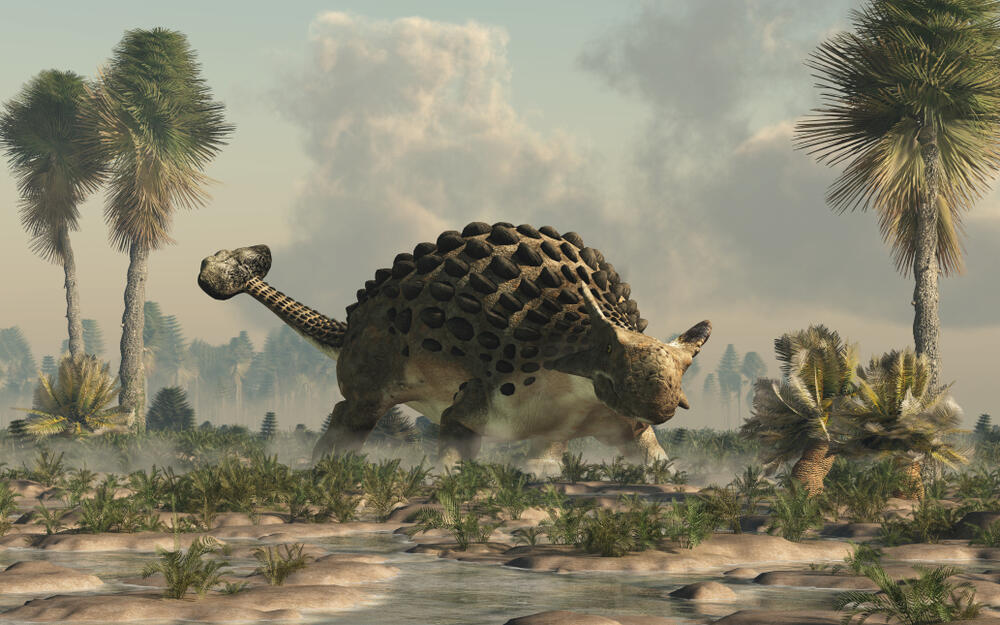A newly discovered species of armored reptile, which just narrowly preceded the rise of the first dinosaurs, provides insight into the early evolution of these ancient creatures whose ancestors also sported dermal armor.
More stories:
The examined archosaur fossil had bony deposits lining its spine much like early dinosaurs and pterosaurs. This characteristic disappeared at a certain stage and then redeveloped independently several times among various dinosaur species, such as in Ankylosaurus and Stegosaurus.
"There were many dinosaur-like creatures across the planet well before dinosaurs evolved,” said Dr. Sterling Nesbitt, the study’s lead author, and a paleontologist at Virginia Tech’s Department of Earth Sciences and the American Museum of Natural History.
Archosauria is an ancient branch of reptiles and their descendants, including dinosaurs, belong to the Sauria group. The group is one of the most successful branches of terrestrial vertebrates.
Most of the archosaur groups became extinct, leaving only two major groups: the order of crocodiles, which includes crocodilians, alligators, caimans, and Indian gharials, and the avemetatarsalian group, which includes pterosaurs and dinosaurs, as well as modern avian animals considered "living dinosaurs."
The new archosaur species, described in the study that was published in the Zoological Journal of the Linnean Society, was named Mambachiton fiandohana. The fossil, which is about 235 million years old, was found in 1997 in Madagascar by a team of researchers led by Dr. John Flynn of the American Museum of Natural History in New York, who was working at the Field Museum of Natural History in Chicago at the time.
“This discovery documents the importance of the southern hemisphere fossil record in understanding this important period of the Triassic when dinosaurs were first appearing,” Dr. Flynn said. The dinosaur and pterosaur’s oldest ancestor had four legs and a long tail. Its estimated body length was about 1.5 to 2 meters, with a weight of around 10 to 20 kilograms. Unexpectedly, this species also had a series of broad osteoderms covering its backbone.
Although osteoderms are common among reptiles and their close relatives, they’re considered rare among archosaurs belonging to the avemetatarsalian group, excluding some dinosaurs such as Stegosaurus, Ankylosaurus, Titanosaurus, and at least one theropod.
The newly discovered species definitively shows that the ancestors of Aves had feathers. While this characteristic disappeared during the evolutionary process of dinosaurs and pterosaurs, it reappeared later independently several times within the dinosaur lineage.
“The loss and re-evolution of armor is an important aspect of the story of dinosaur evolution — freeing them from some of the biomechanical body constraints of the ancestral archosaurs and potentially contributing to some of the locomotor shifts as dinosaurs diversified into a dizzying array of different ecology and body forms,” said Dr. Christian Kammerer, a research curator in the North Carolina Museum of Natural Sciences, who also took part in the study.
“Mambachiton fiandohana demonstrates that retention of ancestral features or acquisition of new traits depends on interactions within the ecosystem,” Dr. Lovasoa Ranivoharimanana, a paleontologist at the University of Antananarivo, concluded.



